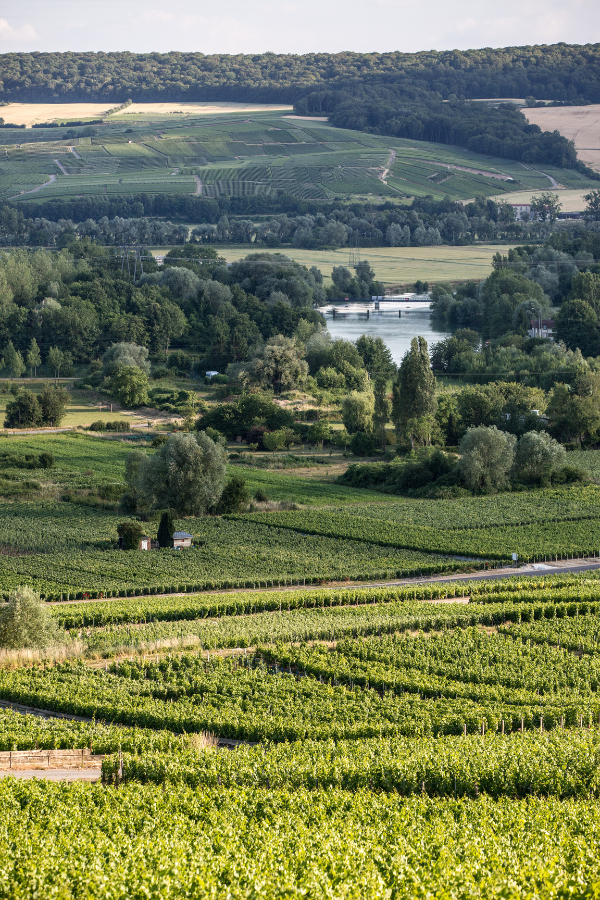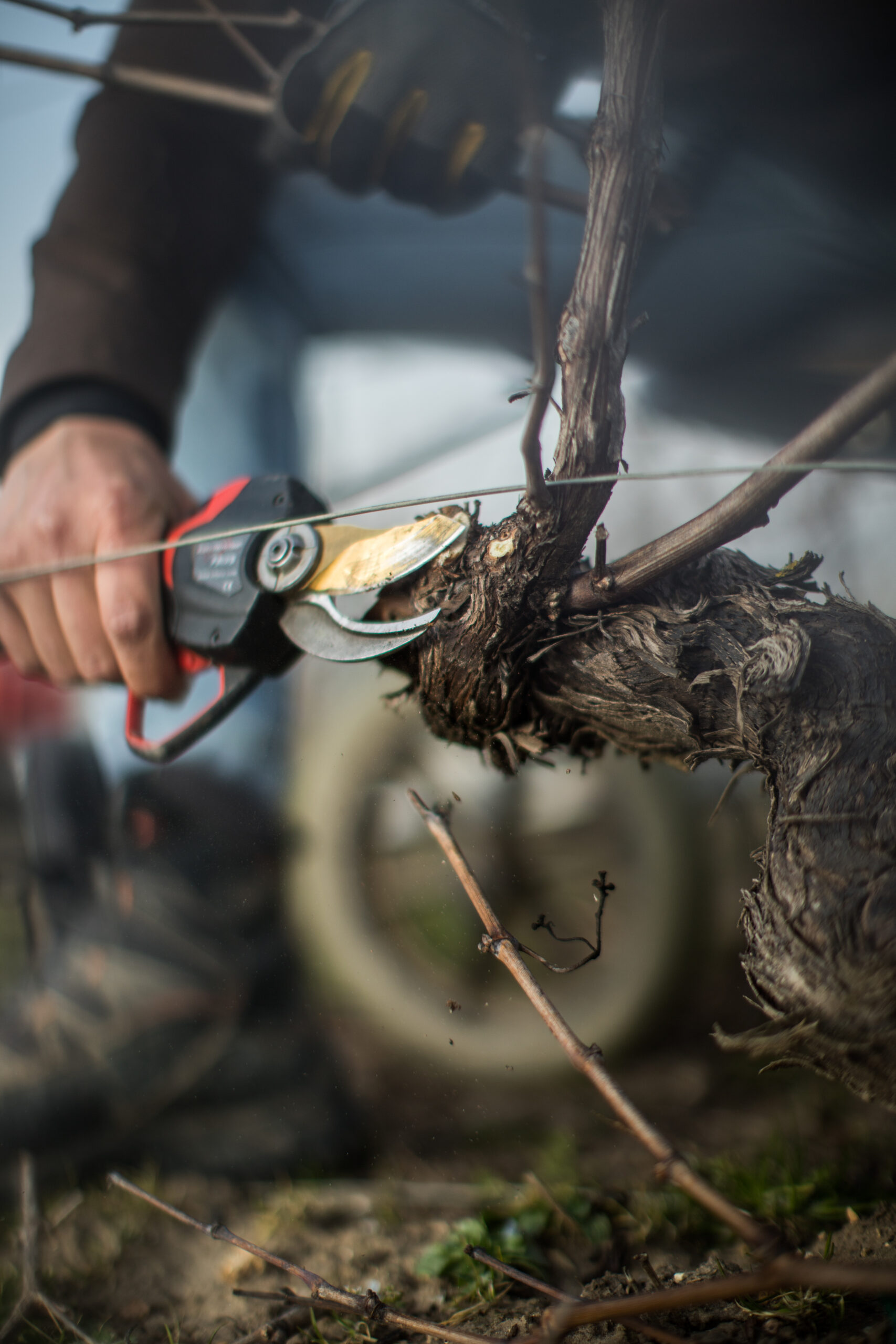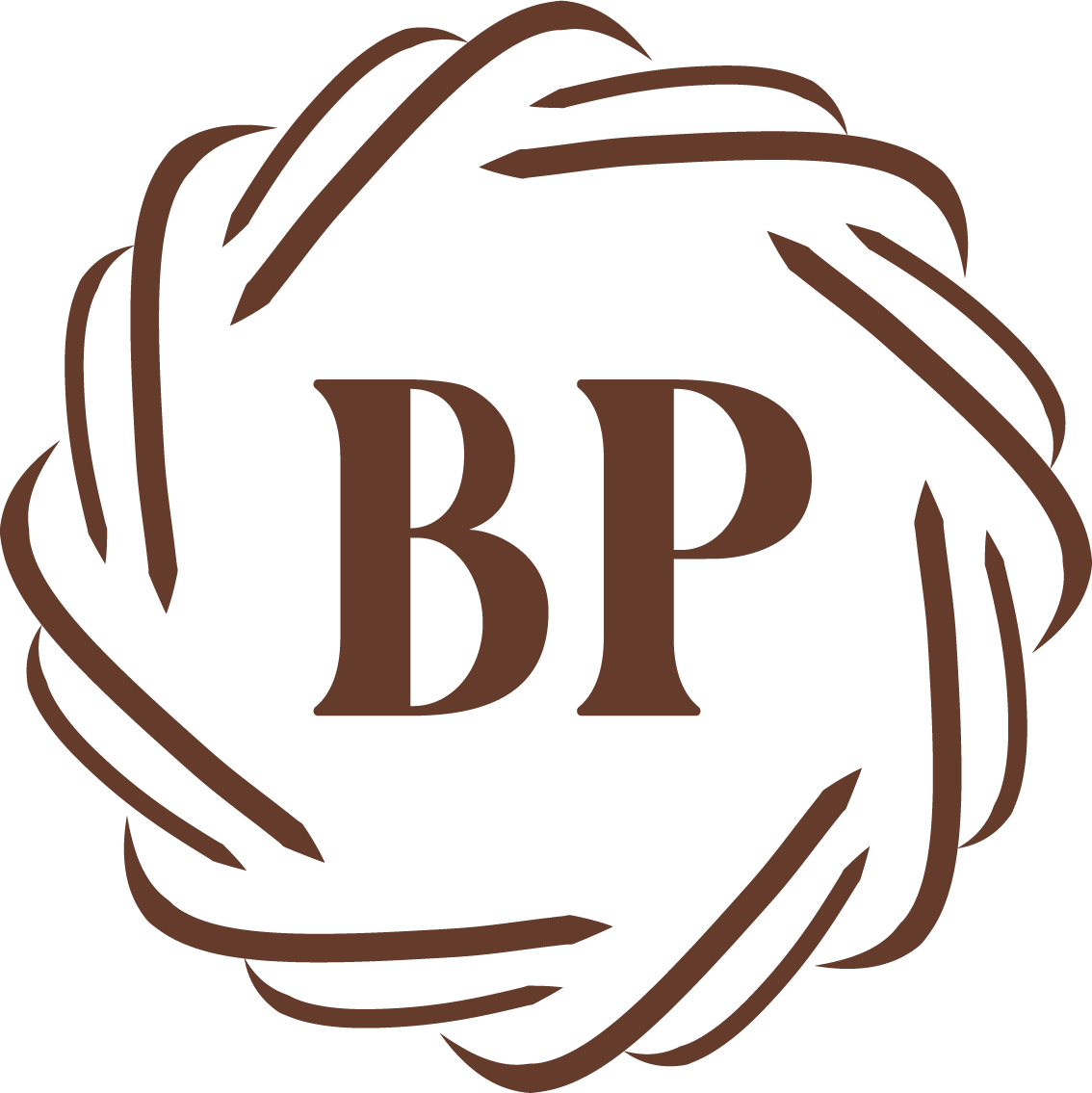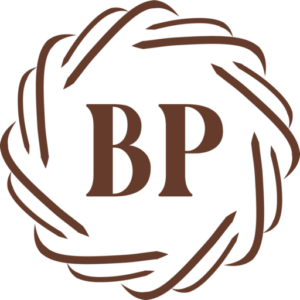tERROIR
the alchemy between nature and man

A CHAMPAGNE RICH IN ITS DIVERSITY

The vineyard worked by Maison Bruno Paillard is the result of a very patient quest; a quest which has relied on a deep knowledge of the Champagne region and a very precise vision for the resulting wine.
The Maison owns vineyards with an area of 25ha which represents 50% of the grapes it needs, and is composed of 89 individual plots, which include 19 Crus (six Grand Crus and five Premiers Crus) with multiple orientations, most of which are on the predominantly chalky terroirs of Champagnes (Montagne de Reims, the start of the Marne Valley, Côtes des Blancs, and Les Riceys).
The geographical location of the vineyard, the orientation of its plots and the nature of its soils determine which varieties are planted where. Plantings comprise: 50% Pinot Noir; 37% Chardonnay; and 13% Pinot Meunier. The average age of the Maison’s vines is 32 years old.
A SLOW AND SUSTAINABLE VITICULTURE

The respect of the soil, of the inimitable chalky typicity of the Champagne terroir, guides all the cultivation process of the House. It imposes a rigorous and meticulous work.
The vineyard team works sustainably, applying rigorous methods with passion: no weedkillers or pesticides are used; ploughing; partial grassing of the soil; regular analyses and amendments individualised to the plot; and the vineyards are certified organic.
Particular care is given to working the soil, encouraging the development of roots that plunge into the heart of their terroir to extract its minerality.
Short pruning is practiced, always favouring the root over the plant. Finally, increasing attention is paid to the microbiological life of the soil and to the biodiversity of the vineyards.


A STRONG COMMITMENT

This commitment to sustainable viticulture is also illustrated in a multitude of smaller details, for example, planting roses close to vineyards. As well as promoting biodiversity, it allows the viticultural team to detect possible mildew attacks; as the rose is more sensitive to the disease than a vine, it will be affected first.
The installation of wooden pickets: at the end of each row, iron pickets have been replaced by more attractive and more environmentally friendly pickets made from recycled, untreated French Robinia wood.
The creation of flower covered headlands comprising various local species to promote natural biodiversity in the vineyard. The presence of different varieties of flower supports bee populations and pollination of the vines.
Find out more










